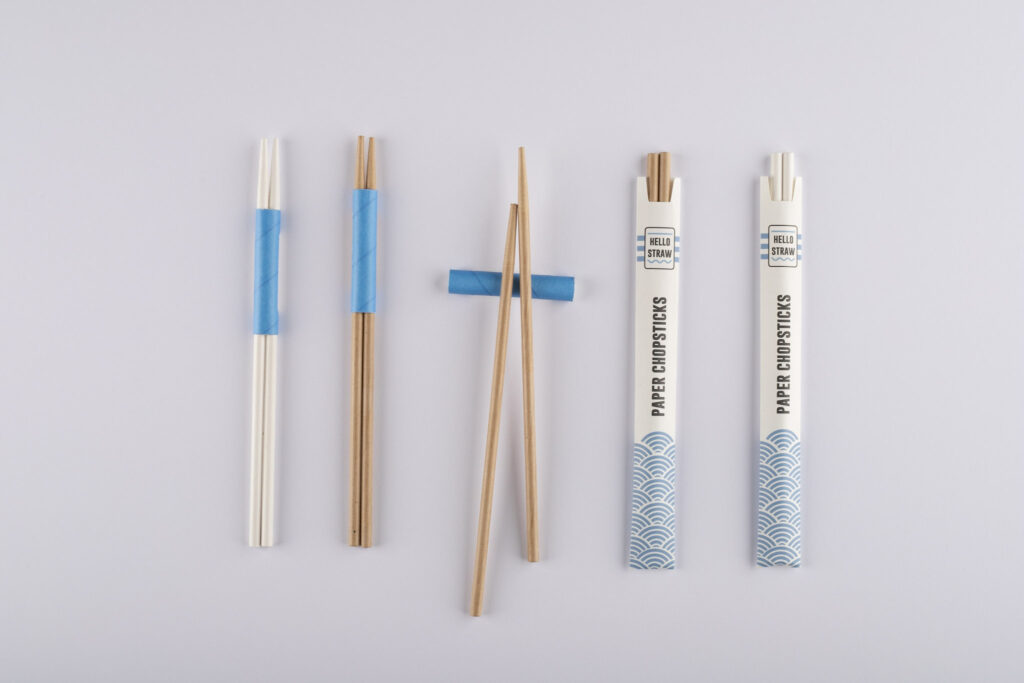
Introduction to Disposable Chopsticks
Every year, Japan consumes an estimated 23 to 25 billion pairs of disposable chopsticks. That averages over 200 pairs for each person. Globally the disposable chopstick market is valued at $22.37 billion, with North America accounting for the smallest market at still $1.24 billion.
So what drives the popularity of these utensils?
How convenient they are.
How hygienic they are.
How eco-friendly they apparently are.
But now society is asking: Can you reuse disposable chopsticks? And which type offers the best balance between convenience and environmental impact?
Are Disposable Chopsticks reusable?
In short—yes. But if you want to get technical, it depends on the material. So, it becomes quite important to know all of the disposable options.
Types of Disposable Chopsticks
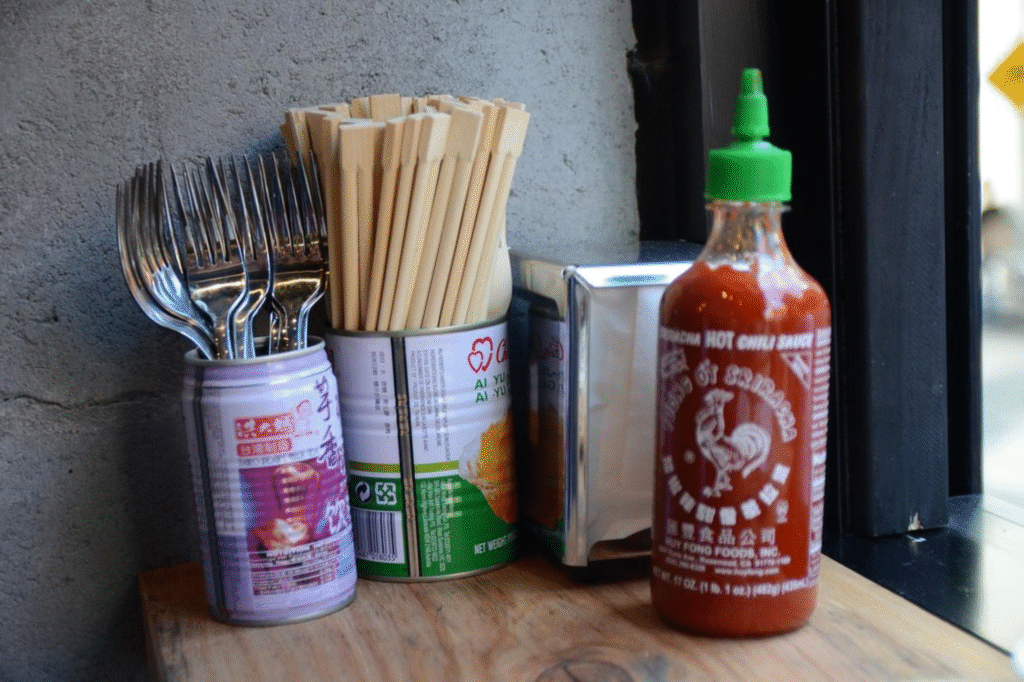
01. Wooden Disposable Chopsticks:
Made using aspen and birch wood and treated with lacquer and paint.
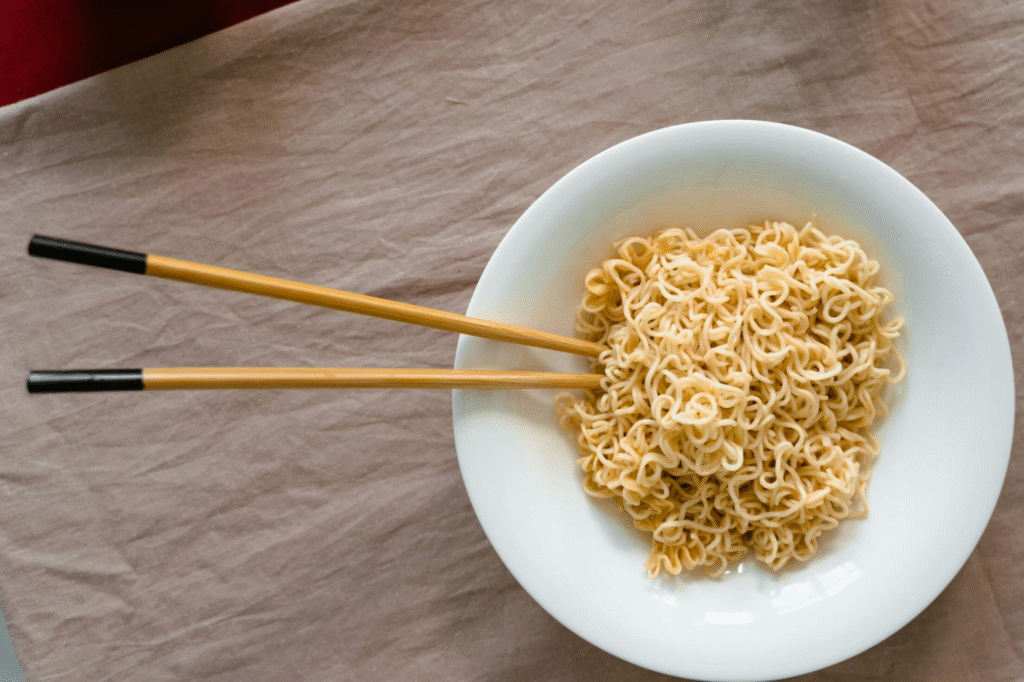
02. Bamboo Disposable Chopsticks
Made using bamboo , a grass, and often coated with lacquer.
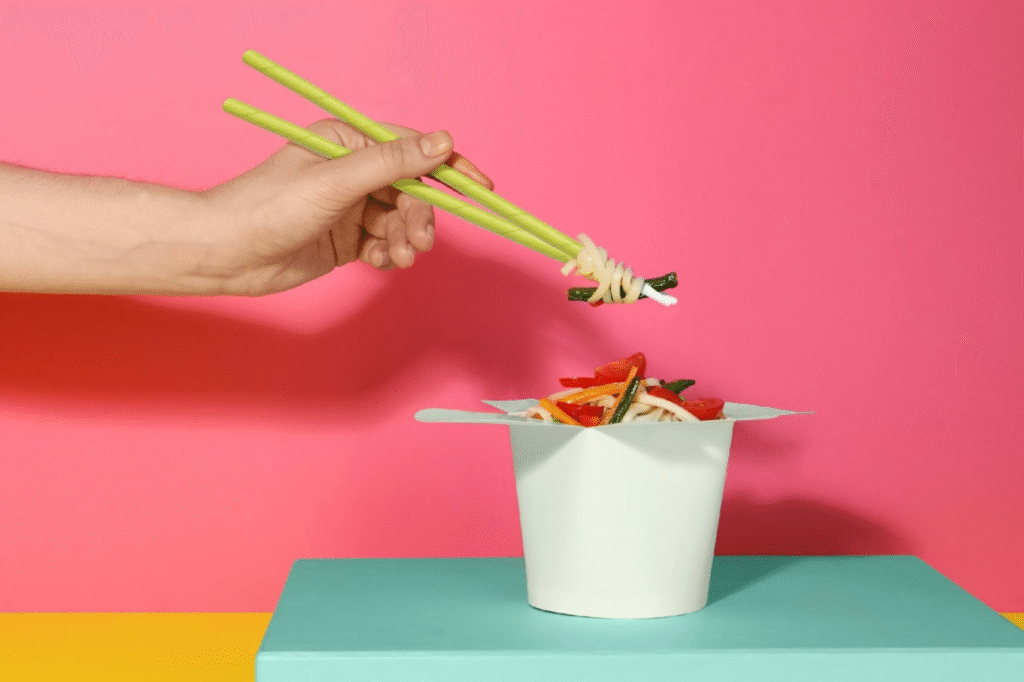
03. Paper Disposable Chopsticks
Made using dense paper with a water-based coating at the tapered end.
Can you reuse these disposable chopsticks?
01 Disposable Wooden Chopsticks:
Wooden disposable chopsticks, unlike other types of disposable cutlery, have a shelf life of 4 – 5 months. That means that within their shelf life, these wooden chopsticks can be reused. However, overuse can be harmful due to the exposure to sulphur dioxide, a bleaching agent.
Tip: Avoid disposable chopsticks that appear too white, as they may contain high levels of sulfur dioxide.
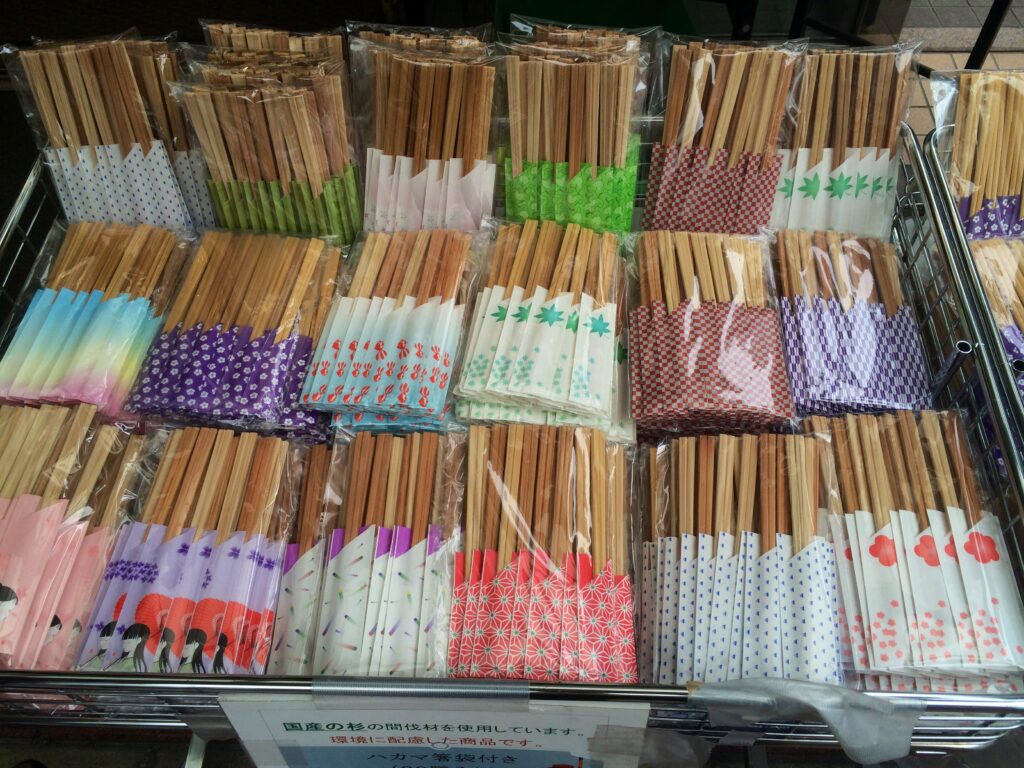
After 5 months of storage, wooden disposable chopsticks should not be reused, as you risk mold and germs.
Can you wash wooden disposable chopsticks?
The reuse of wooden disposable chopsticks is tied to its proper care, especially in its washing. These chopsticks absorb the particles of the food and the oil, so sterilizing them using high temperature becomes a big must for safe consumption. But there is a risk that if the wood is not of high quality or it is exposed to water for too long, it can crack.
02 Bamboo disposable chopsticks:
What makes bamboo disposable chopsticks a popular choice is their fiber structure, granting it higher strength and moisture resistance capabilities. It is these qualities that make bamboo disposable chopsticks reusable and more hygienic. But, as with all disposable chopsticks, they should be replaced within 1 month of usage. Chopsticks that contain sulphur dioxide or talcum powder should be replaced even sooner.
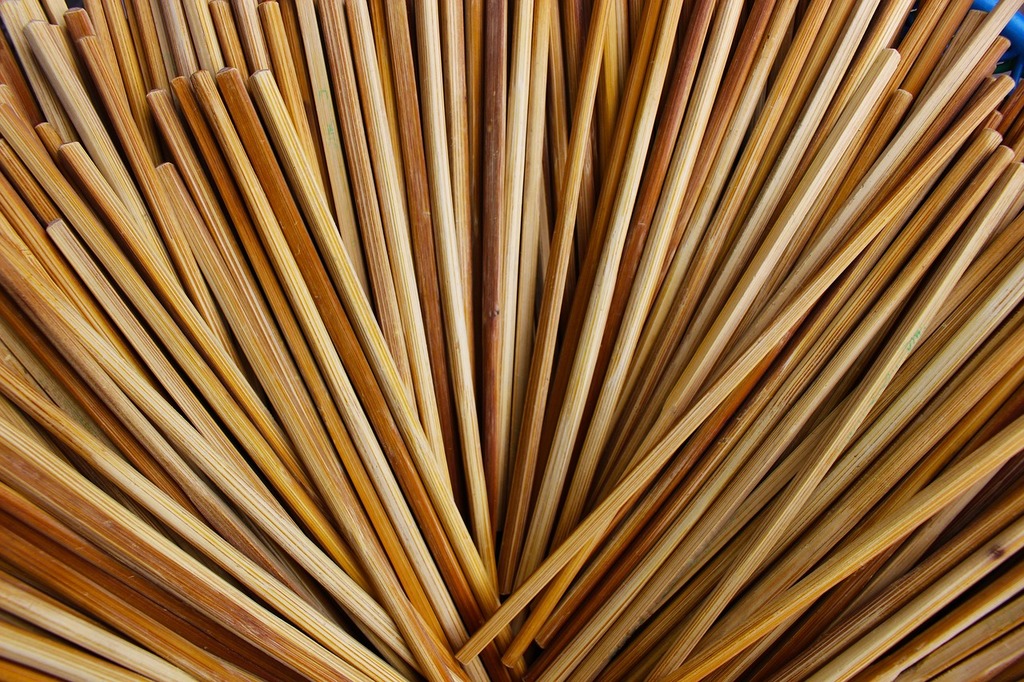
Can you wash bamboo disposable chopsticks?
Bamboo disposable chopsticks are easier to wash, with a wash and dry on a rack usually sufficing. Just refrain from soaking for too long or in the dishware, as high temperature may cause these chopsticks to bend. In countries such as the UK for example, some sustainable brand offerings include bamboo options that appeal to the eco-conscious customer seeking reusable alternatives.
03 Paper disposable chopsticks:
Paper chopsticks are a fresh alternative in the disposable chopsticks market. While they can withstand oil and heat, they are only meant to be used once because paper absorbs moisture, making reuse difficult.

That is what marks it as a true disposable chopstick: it is convenient to eat with and also discard. Also, unlike wooden or bamboo chopsticks, there is no need to worry about sterilization temperatures, splintering, or mold.
Storage Tip: Store them in a non-humid environment to avoid deterioration.
The Environmental Impact of Disposable Chopsticks
01 Wooden Disposable Chopsticks:
Do you know what it takes to make 57 billion wooden disposable chopsticks?
- 20 million trees every year
- 100 acres of forest every day
And birch and poplar wood do not grow as much as you might expect. This is why China imposes a 5% tax on wooden disposable chopsticks.
But this is not the only issue.
Even when in of itself the natural disintegration of wood is long and complex, most wooden disposable chopsticks do not even make it to recycling as they are tossed as garbage.
So what is the environmental impact of wooden disposable chopsticks?
Deforestation and landfill garbage.
02 Bamboo disposable chopsticks:
Bamboo regenerates much faster and naturally, with species growing more than 80 cm in a single day. This makes it a popular disposable alternative.
And it is also a better compostable option than wood, with its natural fiber allowing it to be more biodegradable. However, it still takes a few months to decompose fully.
Its environmental impact is then low due to being renewable and compostable.
03 Paper disposable chopsticks:
Paper chopsticks bridge the gap between the convenience of wood and its environmental impact.
You can make 15% more paper chopsticks than wooden chopsticks with the same amount of wood. And to top it off, they are 100% compostable and can easily be disposed of in a home compost.
So what is the environmental impact? Better than wood and similar to bamboo disposable chopsticks.
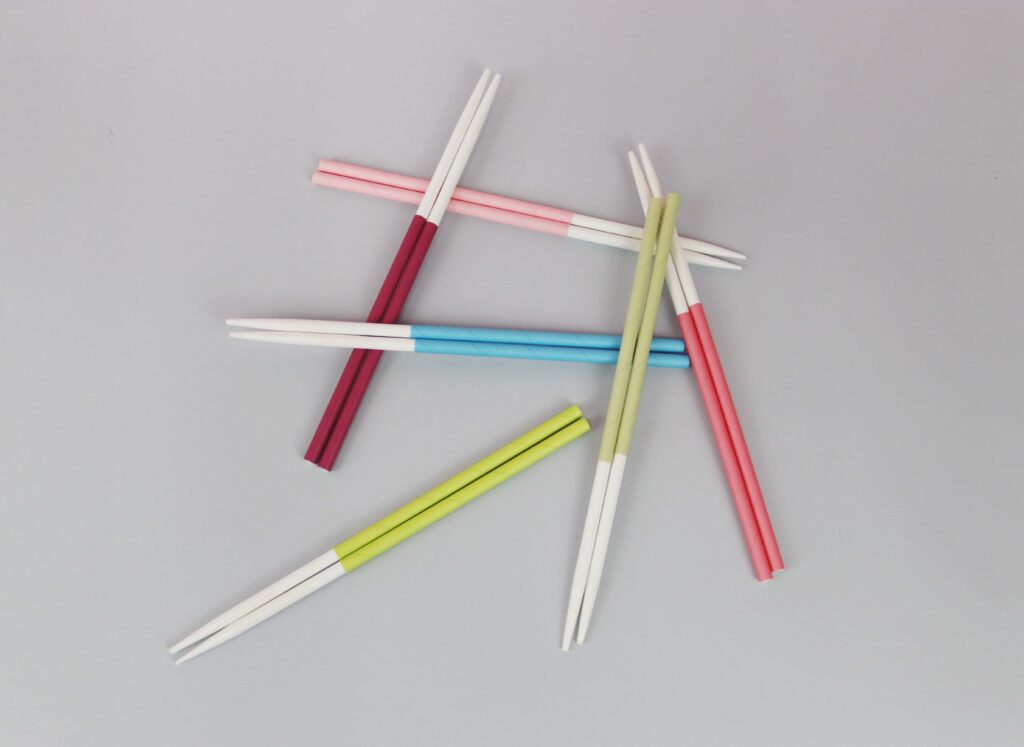
Alternative usage for Disposable Chopsticks
But disposable chopsticks do not have to end up in the trash. Rather, there are innovative and fun alternative usages for these utensils. And some that you can try out.
Furniture
Soil Enrichments
DIY Projects
But can you use chopsticks as skewers?
Yes, but be careful to use only unpainted and unlacquered disposable chopsticks. Never use chopsticks with lacquer, as it is flammable. For example, some Chinese or Japanese chopsticks may look decorative but contain lacquer coatings. Instead of enjoying your meal, you could end up starting a fire.
Conclusion
While disposable chopsticks offer convenience, there can be an environmental cost. Choosing the right chopstick is a small act with a big impact. After all, it only takes us minutes to eat, but it takes the Earth much longer to digest.
So those looking for reusability and sustainability, bamboo disposable chopsticks are a great option, often featuring smooth finishes and minimal packaging to reduce waste.
But if your objective is to find the balance between hygiene, ease, and sustainability, paper disposable chopsticks are the way to go. They are increasingly becoming the standard in eco-conscious dining and are readily available for sale in Hello Straw.
Explore Hello Straw’s collection today for a wide range of disposable paper chopsticks that combine quality, hygiene, and sustainability.
